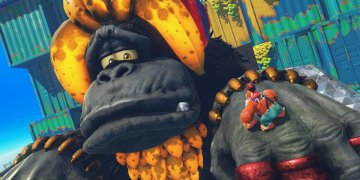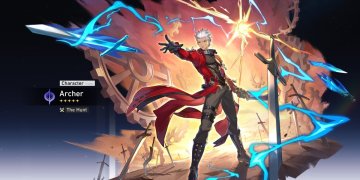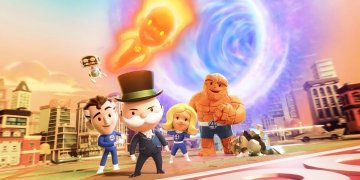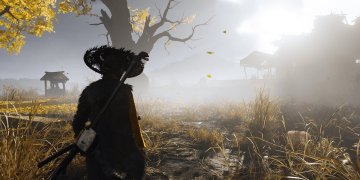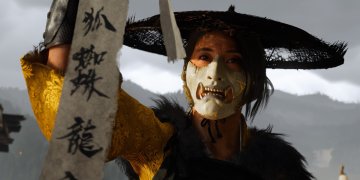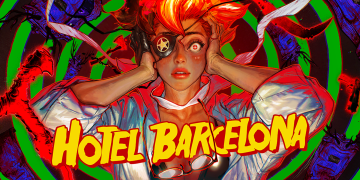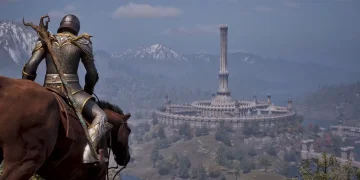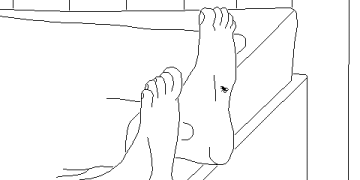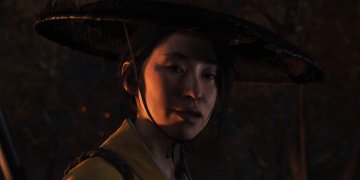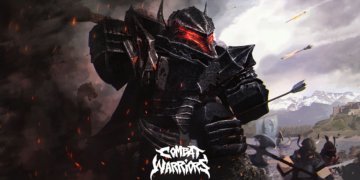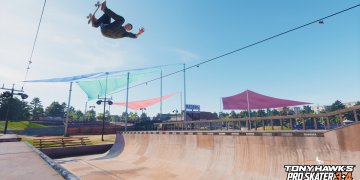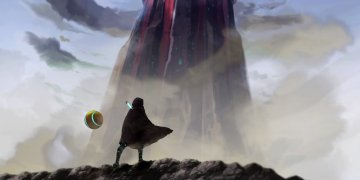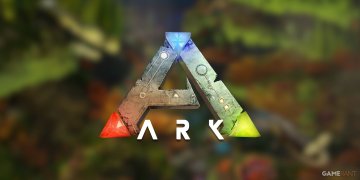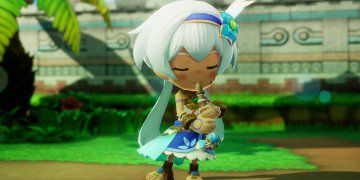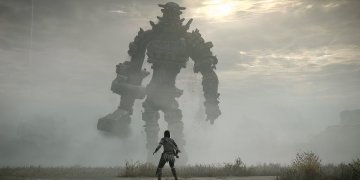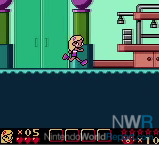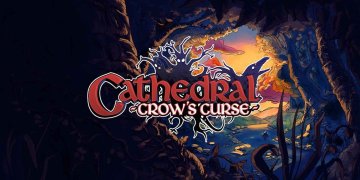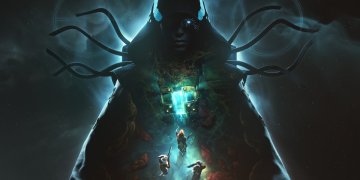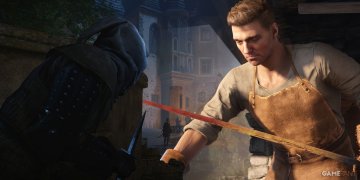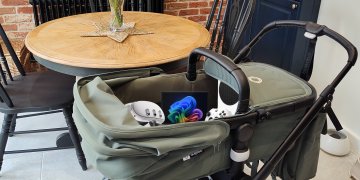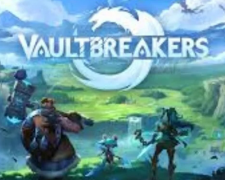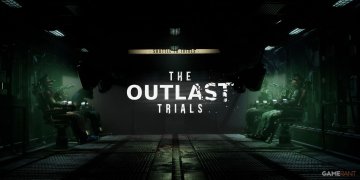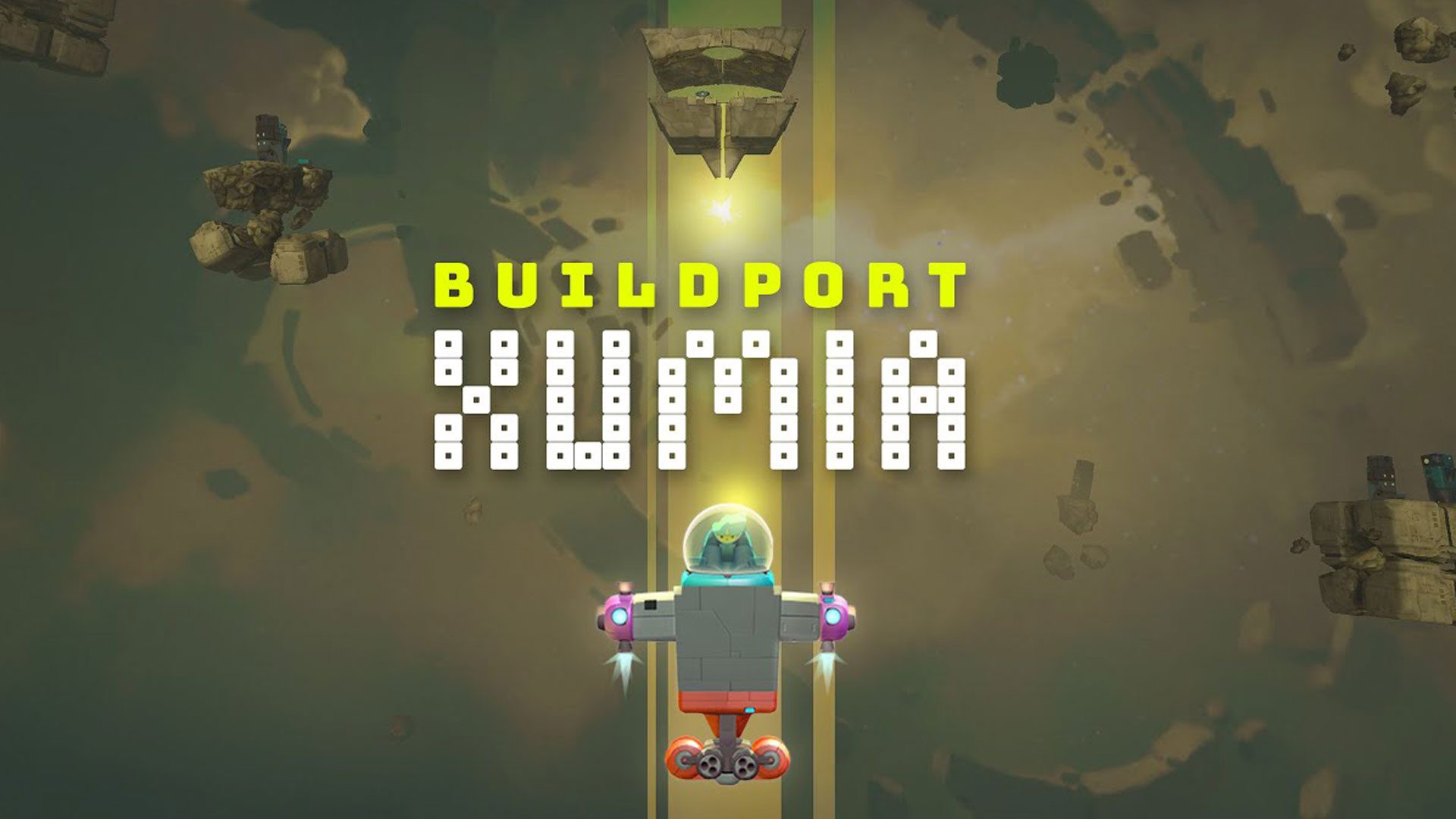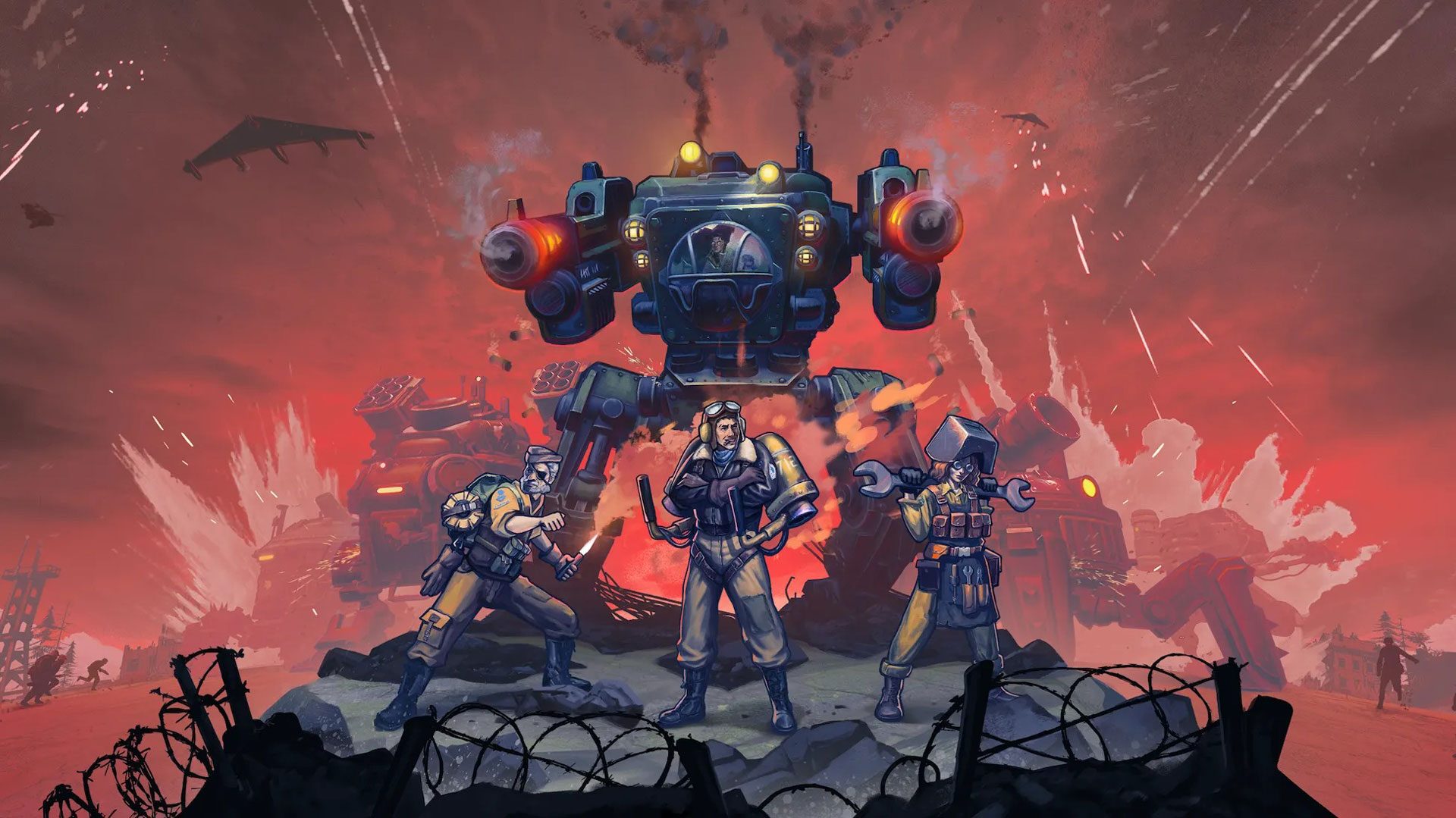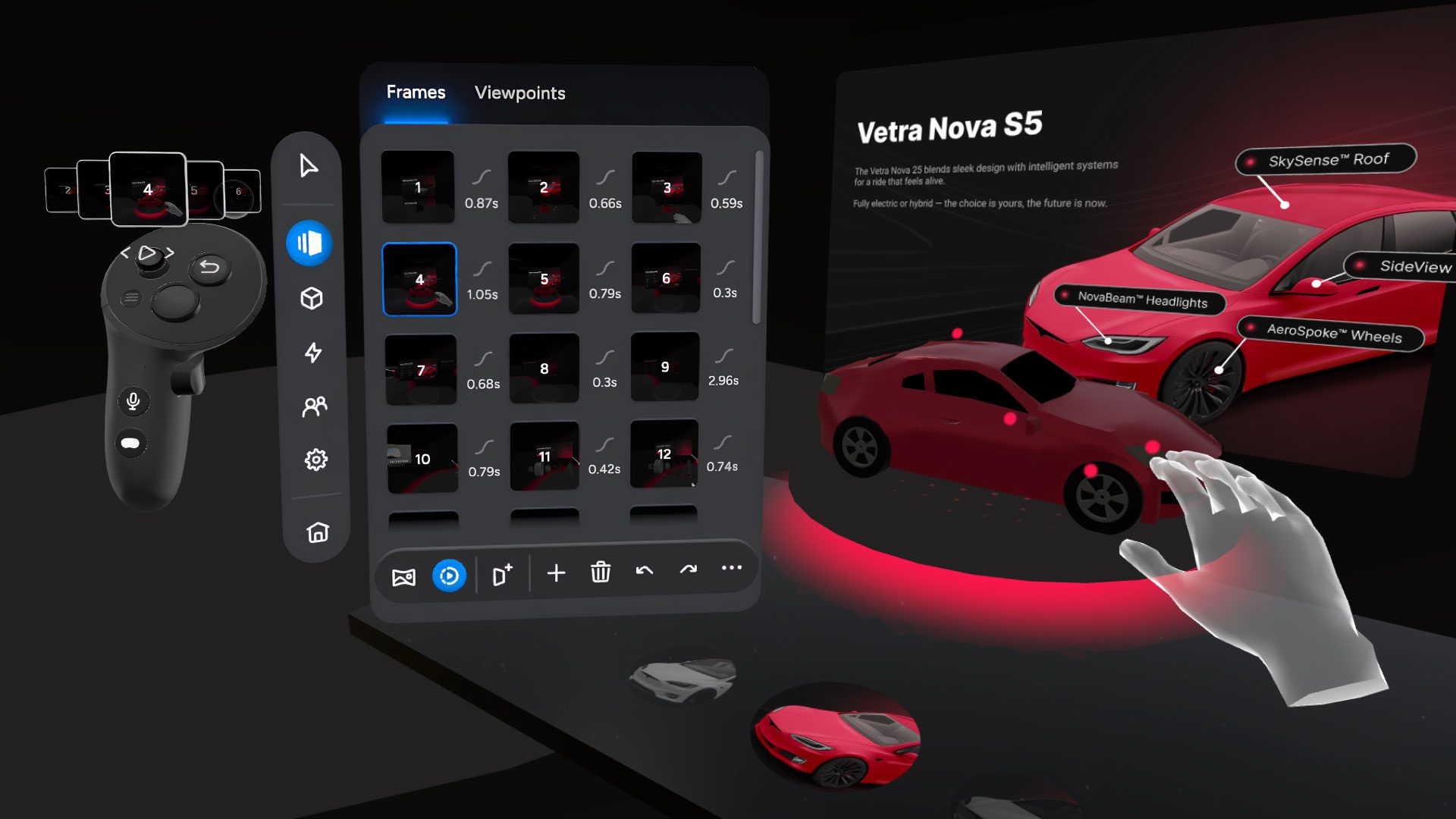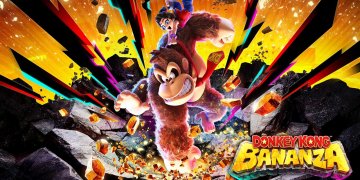Alright, let’s get chaotic with this:
So, survival horror is crashing back into our living rooms—and about time, right? Raccoon City, that eerie and chaotic setting for all those Resident Evil games, and even their fancy remakes and those oddball spin-offs that nobody saw coming. It’s like one of those legendary zombie spots—you know, like that mall in Monroeville or the Winchester pub. I mean, who doesn’t love a good beer with their apocalypse?
Just when you thought Resident Evil was done with RC, nope, Capcom pulls a surprise move—back to the ruins for the ninth installment. It’s kind of like, just when you’re ready to say goodbye, an old friend shows up. Happy reunion, maybe? We’ll see.
But man, Raccoon City is a trip. You’d probably wander in thinking, “Where am I even?” or “What catastrophe happened here?” And seriously, those healing colored herbs—why aren’t they a thing everywhere? And what’s up with needing to shove jewels into statues just to go to the DMV here? Weirdest form of bureaucracy ever.
So, the deal is, we’ve whipped up this ultimate Raccoon City guide. We’re diving into its shady backstory, unraveling all the chaos from the games, and yeah… we’re tackling some head-scratchers. Hang on, it’s gonna be a bumpy ride.
Why “Raccoon City?”
Way back in the first Resident Evil seconds—wham! You’re tossed into “Raccoon City.” Or “Bio Hazard” if you’re in Japan—same diff, really. It kicked off this whole saga.
Before Resident Evil, there was this Famicom game, Sweet Home, taking place in a haunted mansion out in Japan’s boondocks. Tokuro Fujiwara wanted to give it a makeover for new consoles, but whoops—no movie rights. So, they slapped zombies into it. Sure, why not. Interactive horror movie? Why not.
Instead of going the psychological spooky route like Sweet Home, they went full George A. Romero. Imagine those funky small towns around Pittsburgh—zombiefied. Capcom nailed that Western horror flick vibe better than any low-budget live-action scene.
It could’ve been “Harnbee” in New Jersey or Arkansas. But nah, they settled on a raccoon theme—yup, just like Buffalo, New York or Dinosaur, Colorado. Trash pandas aren’t terrifying, but hey, let’s roll with it.
There’s this theory—Raccoon City is a nod to “raccoon dog” or tanuki. Seen them in Japanese folklore, but nah, they’re not raccoons. And Capcom used “raccoon,” not “tanuki.” Odd choice, or just randomness? Who’s to say.
In Japan, raccoons are that exotic pest everyone regretted bringing home, thanks to a ‘70s anime craze. And now they’re a nuisance tearing up the countryside. Zombies tearing through Raccoon City—parallel? Hmm… food for thought.
Bottom line, Capcom needed a fictional U.S. town for their game. No dark secrets in the name—unless you count the living nightmares players face, of course.
Raccoon Rising
Imagine a tiny town called Raccoon City, perched near the Arklay mountains. It’s just another snoozy midwest settlement till the swinging ‘60s, when a company from a mad sci-fi dream flips its world upside.
The Umbrella Corporation—employing folks, breathing life into Raccoon City’s economy. Oswald Spencer, one of the company’s peculiar founders, had land up his sleeve perfect for their sketchy plans. This mansion—creepy, right? Built in 1962 on Arklay land above a cave. George Trevor, the architect, was the mind behind it, full of spooky traps. Spencer, paranoid genius he was, had George and his family trapped and done in.
Trevor’s wife and daughter? They suffered through Umbrella’s virus tests. The poor kid survives, but as a monstrous experiment. George himself got lost in his own mansion’s labyrinth. Sad, but hey, poetic?
Umbrella? Sneaky. Sinking roots deep under Raccoon City while business bloomed above. Chief Irons, a nutty piece of work, persuaded Raccoon Police to base operations in an old art museum. What a place for a precinct, right?
The place flourished—a zoo, public transport system, university, all that jazz. Even a sports team—go Raccoon Sharks, or whatever. Eight newspapers? It’s a media hub that nosedived pre-Internet days.
Meanwhile, Umbrella expanded underground with bio-organic weapon research. It owned the mayor, almost half the city’s workforce. Raccoon? Now totally under Umbrella’s infectious influence—it couldn’t last.
The Raccoon City Destruction Incident
By ‘98, things were falling apart. Zombie dogs in the woods, cannibal murders. The town went nuts and the Umbrella folks called in their slick guy, Albert Wesker. Wearing a pair of shades and double-crossing everyone, classic.
The S.T.A.R.S. squad stumbled through chaos, unraveling Umbrella’s mess. The rest of the town fared no better—zombies and a raging T-virus ran amok thanks to a twisted scientist with a Frankenstein complex.
September saw a G-virus gone wild, and Raccoon City didn’t stand a chance. Umbrella’s mercenaries couldn’t keep up—it was a nightmare carnival. By October, the good ol’ government decided to erase the evidence. With a missile. Yikes.
Caught up in corporate folly, Raccoon City vanished in flames. The world found out about Umbrella’s dark deeds, thanks to daring journalist Alyssa Ashcroft. The presidency crumbled, and Umbrella? Now just a bad memory.
The Uncanny City
Raccoon City was a playground for our nightmares—RE 2 brought it to life with gritty, burning streets. But let’s be honest: who thought its layout made sense? It screamed Japan’s bustling alleyways, dressed in an American gown.
The legends might have said Pennsylvania. Or was it Missouri? Fan theories flew—so maybe it’s a mystery. Springfield, for instance, popped up as a likely spot, given those limestone caves. But, geography aside, Raccoon City is the dread lurking anywhere—a spot under corporate claws, or the sleepy village with haunted stories. It’s that thrill of not quite knowing that keeps us hooked.
Through all its chaos, Raccoon City stands as a hallmark of survival horror. It’s a testament to eerie tales told right. And who knows, with Requiem coming up, maybe we’ll get some answers to its lingering riddles. But beware; Raccoon City is a world where it always feels like you’re being watched.

